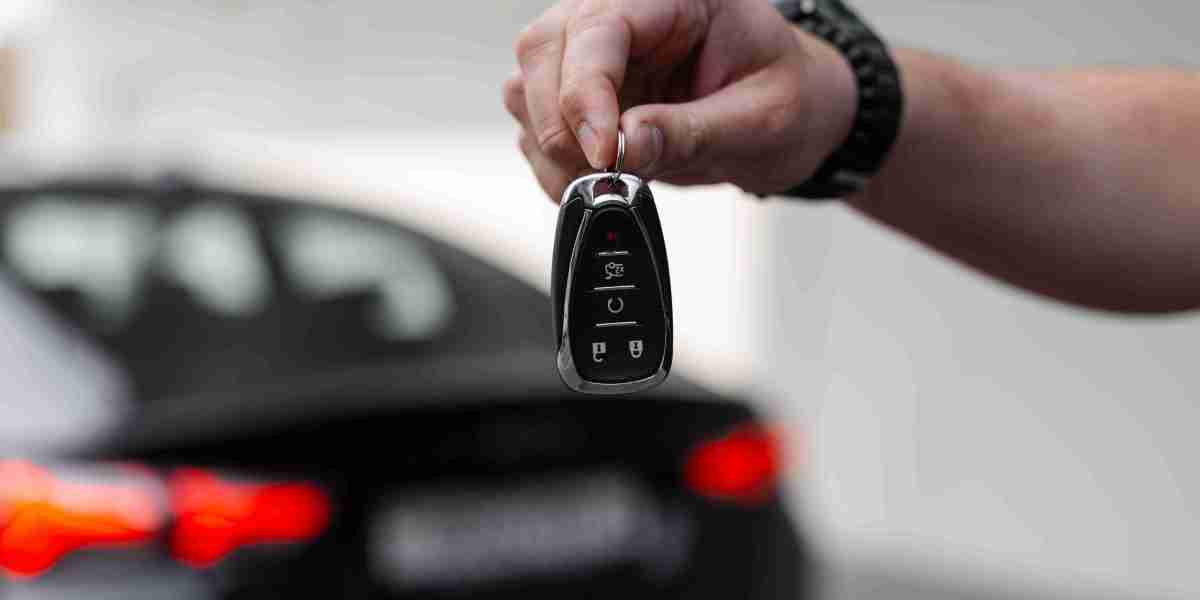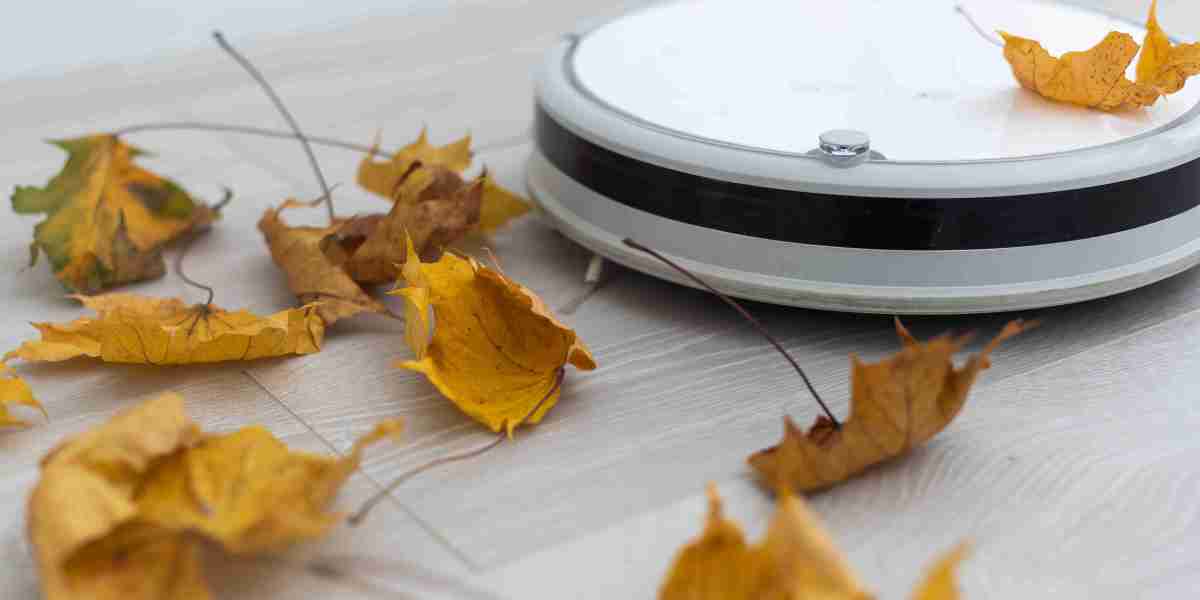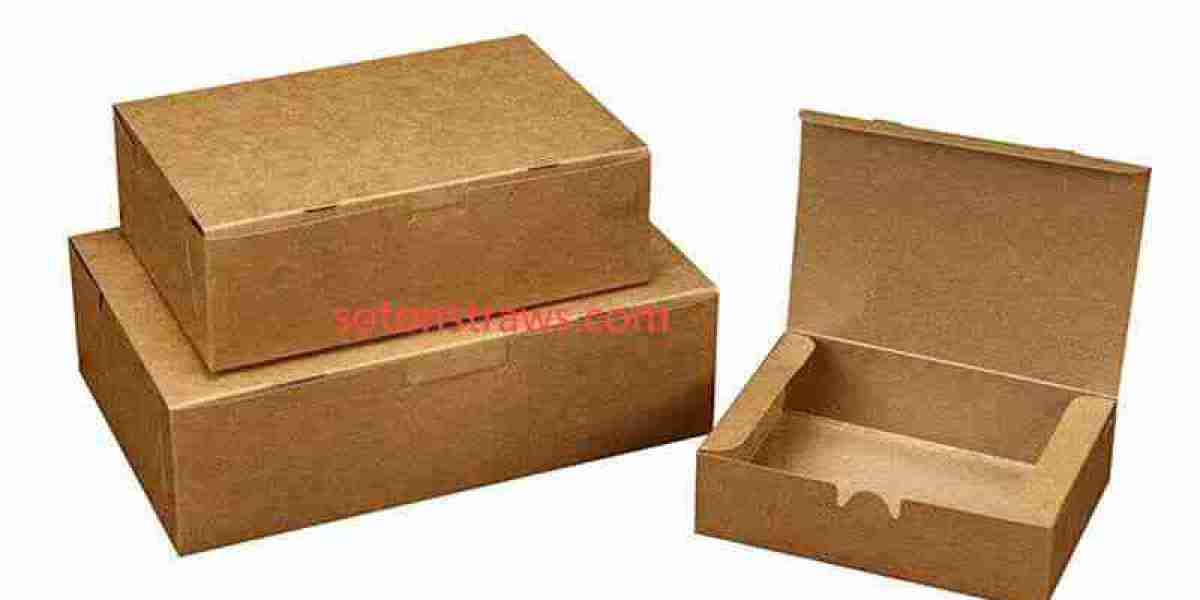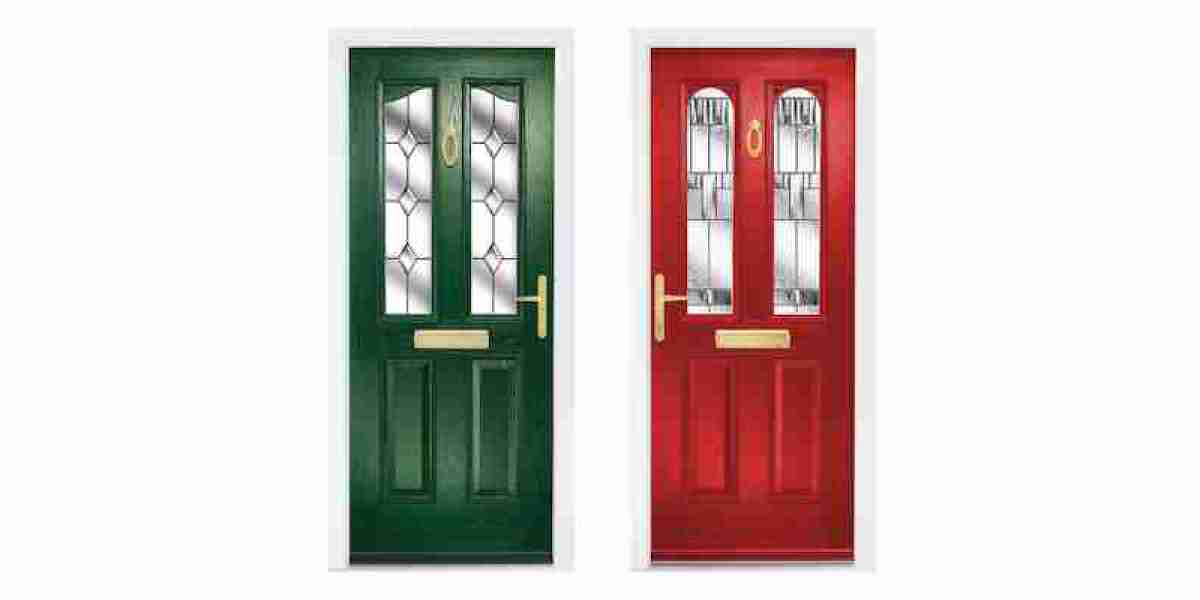Bi-folding Door Repair: A Comprehensive Guide to Troubleshooting and Maintenance
Bi-folding fixing bifold doors, likewise called folding sliding doors or concertina doors, have actually risen in appeal in modern homes for their ability to seamlessly combine indoor and outdoor spaces. Their extensive glass panels flood spaces with natural light and produce an open, airy feel, making them a desirable feature for outdoor patios, conservatories, and space dividers. Nevertheless, like any mechanical system, bi-folding doors can encounter issues gradually, needing repair and upkeep to guarantee they continue to operate efficiently and visually.

This short article works as an informative guide to understanding common problems with bi-folding doors, supplying insights into DIY repair alternatives and when it's finest to call in a professional. We will also delve into preventative maintenance pointers to extend the life-span and optimum performance of these remarkable bifold door won't fold systems.
Understanding Common Bi-folding bifold door repair near me Problems
Before attempting any repairs, it's essential to determine the particular problem impacting your bi-folding doors. Several concerns can occur, typically originating from wear and tear, misalignment, or incorrect upkeep. Here are a few of the most often encountered issues:
- Difficult Operation: Doors become stiff, tough to open or close, or need extreme force. This can be due to friction in the tracks, hinges, or rollers.
- Squeaking or Grinding Noises: Annoying noises throughout operation frequently show a lack of lubrication, worn rollers, or debris in the tracks.
- Doors Dragging or Catching: Doors might scrape versus the frame, flooring, or each other. This might represent misalignment, warping, or damaged rollers.
- Spaces or Draughts: Visible gaps between door panels or the frame can result in drafts, heat loss, and security issues. This may point to problems with seals, hinges, or the locking system.
- Water Leaks: Water ingress, specifically around the bottom of the doors, may suggest broken weather condition seals or drain obstructions.
- Locking Problems: Difficulties locking or unlocking the doors can be due to misalignment, a malfunctioning lock system, or problems with the handle.
- Damaged Rollers or Tracks: Worn, broken, or damaged rollers and damaged tracks can significantly hinder smooth operation and result in other issues.
- Loose or Damaged Hinges: Hinges are critical for the folding action. Loose or damaged hinges can cause doors to droop, bind, and operate incorrectly.
Do It Yourself Bi-folding Door Repairs: Tackling Common Issues
Lots of small bi-folding door concerns can be resolved with fundamental DIY abilities and tools. Before starting any repair, guarantee you have the needed safety equipment, such as gloves and eye protection. Constantly refer to the maker's instructions if offered and continue with care.
Here's a breakdown of typical DIY repair tasks:
1. Lubrication and Cleaning:
- Identify Points of Friction: Locate hinges, rollers, tracks, and locking systems where friction appears evident.
- Clean Tracks and Rollers: Use a stiff brush or vacuum to eliminate particles, dust, and dirt from the tracks. For rollers, thoroughly tidy around each wheel.
- Apply Lubricant: Use a silicone-based lubricant specifically designed for doors and windows on all moving parts. Avoid oil-based lubricants as they can draw in dust and gunk. Spray lube sparingly and clean off any excess.
- Test Operation: Open and close the doors several times to disperse the lubricant and examine if the operation has enhanced.
2. Adjusting Rollers:
- Locate Roller Adjustment Screws: Most bi-folding door roller systems have change screws, typically accessible from the side or top of the door panels. Consult your bifold door track repair's handbook if you are not sure of their place.
- Loosen Adjustment Screws: Use a screwdriver or Allen key to a little loosen up the change screws.
- Adjust Roller Height: Gently adjust the roller height to raise or decrease the door panel. This might require small experimentation. Adjust in little increments and check the door operation after each change.
- Tighten Adjustment Screws: Once smooth operation is accomplished, firmly tighten the change screws to lock the rollers in place. Guarantee you adjust all rollers similarly to preserve even weight distribution and positioning.
3. Tightening Up Hinges and Hardware:
- Inspect Hinges: Check all hinges for looseness or damage.
- Tighten Up Loose Screws: Use a screwdriver to tighten any loose screws on hinges, deals with, and locking mechanisms. Take care not to overtighten and strip the screw heads.
- Replace Damaged Screws: If screws are removed or damaged, replace them with properly sized replacements.
- Check Handle and Lock Fixings: Ensure handles and locking mechanisms are safely fastened and functioning properly.
4. Weather Condition Seal Replacement:
- Identify Damaged Seals: Inspect weather condition seals around the door boundary for cracks, tears, or degeneration.
- Remove Old Seals: Carefully remove the old weather condition seals, frequently they are push-fit or glued in place.
- Tidy Seal Channel: Clean the channel where the weather seal sits to get rid of any debris or adhesive residue.
- Install New Seals: Cut the brand-new weather condition seal to the right length and thoroughly push or glue it into the channel, ensuring a tight and continuous seal.
When to Call a Professional Bi-folding Door Specialist
While DIY repairs can manage small concerns, certain problems require the competence of a certified bi-folding door repair professional. Trying complex repairs without the right knowledge and tools can aggravate the problem and possibly compromise the door's stability and security.
Here are circumstances when professional support is highly advised:
- Significant Misalignment: If you can not deal with dragging, capturing, or gaps with easy roller modifications, it might suggest a more severe structural issue within the door frame or opening.
- Damaged Tracks or Rollers: Replacing tracks or rollers frequently requires specialized tools and understanding of the door system. Trying this yourself can be difficult and might cause additional damage.
- Complex Locking Mechanism Faults: If you think an issue within the internal locking mechanism or if the locking system is intricate, professional medical diagnosis and repair are vital to maintain security.
- Glass Panel Issues: Never try to repair or replace glass panels yourself. Broken or harmed glass panels need professional handling and replacement to make sure security and proper sealing.
- Distorted or Damaged Door Panels: Warped or significantly damaged door panels frequently need professional evaluation to determine the cause and proper repair or replacement.
- Recurring Problems: If you discover yourself regularly carrying out the very same DIY repairs, it may show a hidden concern that needs professional attention to prevent future problems.
- Doors Under Warranty: Performing DIY repairs on doors still under warranty might void the guarantee. Always consult the warranty terms before attempting any repairs yourself.
Preventative Maintenance: Ensuring Longevity
Proactive upkeep is essential to avoiding numerous bi-folding door problems and extending their lifespan. Routine care can conserve you time, money, and frustration in the long run.
Here are essential preventative upkeep pointers:
- Regular Cleaning: Clean tracks and rollers regularly (a minimum of every few months, or more frequently in dirty environments) to prevent debris build-up.
- Lubrication: Lubricate moving parts (hinges, rollers, locks) a minimum of two times a year, or as needed, utilizing a silicone-based lubricant.
- Examination of Weather Seals: Inspect weather condition seals every year for damage and replace them quickly to avoid drafts and water leaks.
- Check Fixings: Periodically inspect and tighten screws on hinges, handles, and locking systems.
- Gentle Operation: Avoid requiring the doors open or closed. If they are stiff, investigate the cause rather of applying extreme force.
- Professional Servicing: Consider yearly or bi-annual professional maintenance and assessment, particularly for complex systems, to catch possible concerns early and guarantee optimal performance.
Conclusion
Bi-folding doors are a sensational addition to any home, enhancing both aesthetic appeals and performance. Comprehending typical repair needs and practicing preventative upkeep will ensure these doors continue to operate smoothly and reliably for years to come. While DIY repairs are ideal for minor issues, recognizing when to seek professional aid is important for complex problems and maintaining the stability and security of your bi-folding weatherproof bifold door repairs system. By combining proactive upkeep with informed repair decisions, you can take pleasure in the benefits of your bi-folding doors without unneeded hassle and expense.
Frequently Asked Questions (FAQs)
Q: How frequently should I lube my bi-folding door hinges and rollers?
A: It is recommended to oil bi-folding door hinges and rollers at least two times a year. However, in dusty or coastal environments, you may require to lubricate them more often, maybe every 3-4 months. Listen for squeaking or tightness-- these are good signs that lubrication is needed.
Q: What kind of lubricant should I utilize for my bi-folding doors?
A: Use a silicone-based lubricant particularly designed for doors and windows. Silicone lubricants are effective at decreasing friction and are less likely to attract dust and grime compared to oil-based lubes. Prevent utilizing WD-40 as a long-term lube as it can dry out and attract dust.
Q: Can I change bi-folding door rollers myself?
A: Yes, basic roller changes are frequently DIY-friendly. Find the change screws (describe your door handbook if required), and use a screwdriver or Allen key to make small modifications. Keep in mind to adjust all rollers uniformly and test operation after each change. If you're not sure or the modifications don't solve the issue, speak with a professional.
Q: How do I clean bi-folding door tracks?
A: Use a stiff brush or vacuum cleaner with a crevice tool to remove dust, dirt, and debris from the tracks. For stubborn grime, you can utilize a damp cloth or mild soapy water, guaranteeing you dry the tracks completely later on. Regular cleansing is essential for smooth operation.
Q: My bi-folding doors are leaking water at the bottom. What could be the issue?
A: Water leakages at the bottom of bi-folding doors can be triggered by numerous concerns:
- Damaged or Deteriorated Weather Seals: Inspect and replace any damaged weather seals along the bottom edge of the doors.
- Blocked Drainage Holes: Check for drain holes at the bottom track and ensure they are not blocked by debris. Clear any blockages to permit water to drain away.
- Incorrect Threshold Installation: If the limit is not effectively installed or sealed, water can permeate below. This might require professional evaluation and correction.
Q: How much does it usually cost to repair bi-folding doors professionally?
A: The expense of professional bi-folding door repair differs depending upon the complexity of the problem, the parts needed, and the labor rates in your area. Basic repairs like roller adjustments or hinge tightening might cost around ₤ 100-₤ 200. More complex repairs, such as track or roller replacement, or repairing locking mechanisms, might vary from ₤ 300-₤ 500 or more. Constantly get quotes from multiple reputable professionals to compare rates and services.







